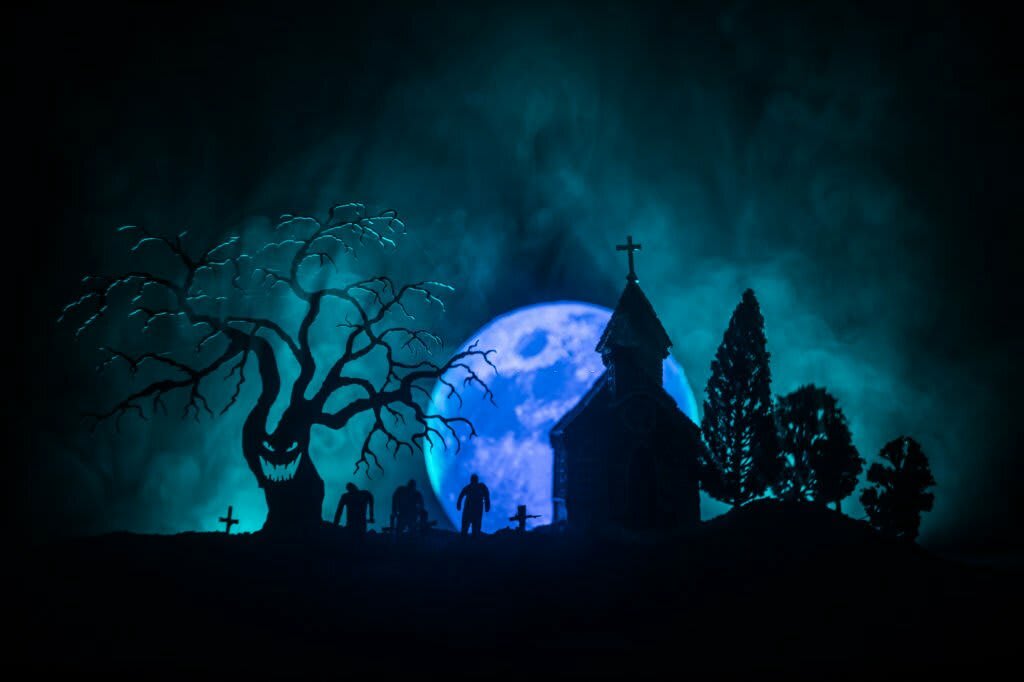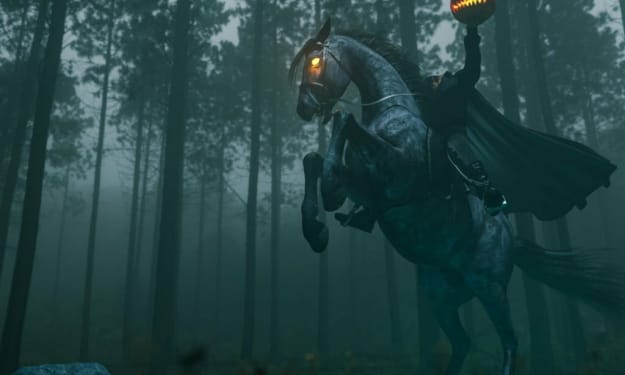Gothic Horror:
Tapping into the Dark Romanticism

Throughout the course of literary history, one particular genre has captured and fascinated readers with its dark and mysterious themes: Gothic horror. Born from the movement of Dark Romanticism, this genre explores the depths of human psychology and taps into our deepest fears. In this article, we will delve into the world of Gothic horror in English literature, analyzing its historical context, key elements, and influence on contemporary works.
Gothic horror can be best described as a genre that combines elements of horror and Romanticism. It emerged in the late 18th century as a reaction to the Enlightenment era, which emphasized reason and rationality. This genre, however, delves into the realms of the supernatural, the mysterious, and the macabre.
Dark Romanticism, which encompassed writers such as Edgar Allan Poe, Nathaniel Hawthorne, and Mary Shelley, heavily influenced the development of Gothic horror. It sought to explore the darker aspects of human nature, often portraying flawed characters who were driven by their passions and desires.
The origins of Gothic literature can be traced back to Horace Walpole's novel "The Castle of Otranto" published in 1764. This iconic work laid the foundation for the genre, introducing elements such as haunted castles, curses, and doomed love.
Gothic literature gained momentum during the Romantic era, a period characterized by a fascination for nature, emotion, and the irrational. Romanticism celebrated individuality and imagination, making it an ideal backdrop for the emergence and subsequent popularity of Gothic horror.
Gothic horror is characterized by several key elements that create an atmospheric and chilling experience for the reader. One of the most prominent aspects is the emphasis on setting and atmosphere. Gothic novels often take place in eerie and desolate locations such as castles, ruins, or isolated mansions. These haunting settings contribute to the overall sense of dread and help build tension throughout the narrative.
Supernatural elements also play a crucial role in Gothic horror. Ghosts, vampires, and other supernatural creatures are commonly featured in these stories, adding an extra layer of fear and fascination. These elements allow writers to explore the unknown and challenge the boundaries of reality.
Psychological terror is another vital component of Gothic horror. Through intricate character development and intricate plots, authors delve into the depths of the human psyche, unearthing hidden fears and unsettling emotions. This psychological aspect creates a sense of unease and intrigue, captivating readers with its complexity.
One of the most renowned writers associated with Gothic horror is Edgar Allan Poe. His works, such as "The Fall of the House of Usher" and "The Tell-Tale Heart," are prime examples of the genre. Poe's writing style, characterized by vivid descriptions, intense emotions, and a focus on the macabre, perfectly encapsulates the essence of Gothic horror.
Another notable work is Mary Shelley's "Frankenstein." While often seen as a science fiction novel, it possesses distinct Gothic elements. Shelley explores themes of life and death, the pursuit of knowledge, and the consequences of playing God. The ominous atmosphere and the creature's tragic existence further contribute to the Gothic nature of the novel.
"Bram Stoker's Dracula" is another masterpiece of Gothic horror. This iconic vampire tale is filled with atmospheric descriptions, Gothic imagery, and themes of sexuality and immortality. Dracula's castle itself serves as a haunting backdrop, instilling a sense of anxiety and allure.
Gothic horror employs several techniques to create a captivating and immersive reading experience. Symbolism and imagery are extensively used to evoke specific emotions and enhance the overall atmosphere. Elements such as decay, darkness, and isolation are commonly associated with Gothic horror, adding depth to the narrative.
Exploration of the sublime is another characteristic of Gothic literature. The sublime refers to the feeling of awe, mixed with terror, that arises when faced with something overwhelmingly vast or powerful. By incorporating the sublime into their works, Gothic writers elicit strong emotional responses, heightening the sense of fear or wonder in the reader.
Suspense and tension are also integral to Gothic horror. Authors strategically build anticipation and uncertainty, keeping readers on the edge of their seats. These techniques amplify the impact of climactic moments and create an immersive experience that lingers long after the story has been told.
The allure of Gothic horror continues to captivate audiences to this day, with numerous contemporary adaptations and reinterpretations of classic works. Authors and filmmakers draw inspiration from the genre's themes and aesthetics, creating gripping tales that resonate with modern audiences.
Contemporary Gothic novels, such as Sarah Waters' "The Little Stranger" and Neil Gaiman's "Coraline," showcase the enduring appeal of the genre. These works combine elements of horror, mystery, and psychological suspense to create compelling narratives that pay homage to their Gothic predecessors.
Furthermore, Gothic horror has made its mark in the world of cinema and television. From classic adaptations like Alfred Hitchcock's "Psycho" to modern TV shows such as "Penny Dreadful," this genre continues to captivate viewers with its atmospheric storytelling and haunting visuals.
Gothic horror, born from the movement of Dark Romanticism, has had a profound impact on English literature and continues to enthrall readers and viewers alike. With its emphasis on atmosphere, supernatural elements, and psychological terror, the genre taps into our deepest fears and desires. Gothic horror has molded the works of influential writers and filmmakers and remains as popular as ever, proving that its allure transcends time and continues to haunt our imaginations.
About the Creator
samuel kariuki muriithi
am a photographer ,videographer ,barber and a very good rider
lover of nature
Enjoyed the story? Support the Creator.
Subscribe for free to receive all their stories in your feed. You could also pledge your support or give them a one-off tip, letting them know you appreciate their work.






Comments (3)
Your dedication shows in your work
thanks salman
you should use some keywords in your story